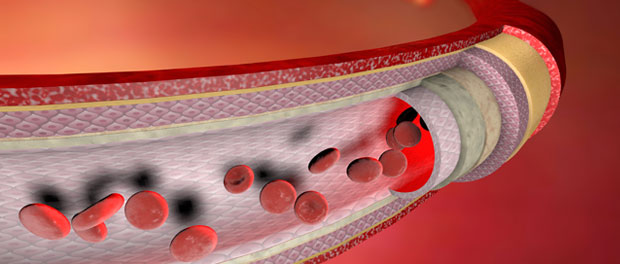
How stem cells become specific cell types is an intricate process, yet understanding the mechanisms that trigger this process may well prove to be beneficial for use in repairing and regenerating tissue. In a recent study, scientists at the University of Illinois at Chicago investigated the molecular mechanism, histone demethylation, and how it plays an essential role in mediating the conversion of stem cells into mature endothelial cells, which then produce blood vessels. Their findings, recently published in Stem Cell Reports, focused on two different enzymes that modify histones to change gene expression related to the differentiation of embryonic stem cells to endothelial cells.
Histone modifications are an epigenetic mechanism that can alter the way genes express themselves without impacting the underlying genetic code. They occur to proteins, or histones, which are surrounded by DNA. This protein-DNA complex is referred to as chromatin, which histone modifications can open up for greater access, forming euchromatin and increasing gene transcription, or tighten to decrease access, forming heterochromatin and reducing the activity of genes. Histones may be modified by the removal or addition of methyl groups (CH3) by enzymes, similar to another popular epigenetic mechanism known as DNA methylation.
Associate Professor of Medicine and Pharmacology from UIC, Jalees Rehman, explained that more genes can be activated via histone modifications, as opposed to regulating just a single gene. Rehman and the research team focused on stem cell differentiation and aimed to pinpoint epigenetic regulators of the process. According to Rehman, stem cell differentiation is “a highly complex process, involving the transition of a cell that can form any type of tissue early on in development, into one that is locked in to producing only one cell type.”
The group of researchers led by Professor and Head of Pharmacology at the UIC College of Medicine, Asrar Malik, first used mice to investigate enzymes called histone demethylases, which act to modify histones and change gene expression by removing a methyl group. This epigenetic mechanism is referred to as histone demethylation. Specifically, the research team wanted to assess how a few enzymes could change the expression of embryonic stem cell genes during differentiation as the cells transformed into mature endothelial cells. Their study focused on KDM4A and KDM4C, two histone demethylases, which they found in high amounts during the differentiation process.
They discovered that these enzymes epigenetically regulated promoters that were specific to endothelial cells. They reported that “histone demethylases KDM4A and KDM4C independently induced demethylation at histone H3K9 to activate Flk1 and VE-cadherin expression and thus enabled the differentiation of mESCs [mouse embryonic stem cells] to endothelial cells.”
The research team then used zebrafish, an organism commonly investigated in epigenetic studies, and depleted the histone demethylases in their embryos. Without KDM4A or KDM4C, they found that the fish embryos could not create blood vessels. Removing only KDM4A had a much larger impact on the development of blood vessels than did depletion of KDM4C, hinting that it may play a role in the early stages of blood vessel creation. Overall, their results indicate that these two histone demethylases have a crucial epigenetic influence on the differentiation process of embryonic stem cells to epithelial cells.
Rehman suggests, however, that further research is needed to delve into the complexities of the blood-vessel development pathway to fully understand how it might be controlled.
“We only looked at a few of the genes activated by the epigenetic switches that guide stem cells into becoming endothelial cells,” Rehman said. “Identifying additional genes activated by these switches, as well as gene pathways that are turned off during these transitions, will help shed more light on how stem cells carefully orchestrate a complex array of molecular signals which ultimately decide their fates.”
Source: Wu, L., Wary, K.K., Revskoy, S., Gao, X., Tsang, K., Komarova, Y.A., Rehman, J., Malik, A.B. (2015). Histone demethylases KDM4A and KDM4C regulate differentiation of embryonic stem cells to endothelial cells. Stem Cell Reports. Advance online publication.
Reference: Parmet, S. Researchers uncover epigenetic switches that turn stem cells into blood vessel cells. University of Illinois at Chicago News Center. 25 June 2015.

